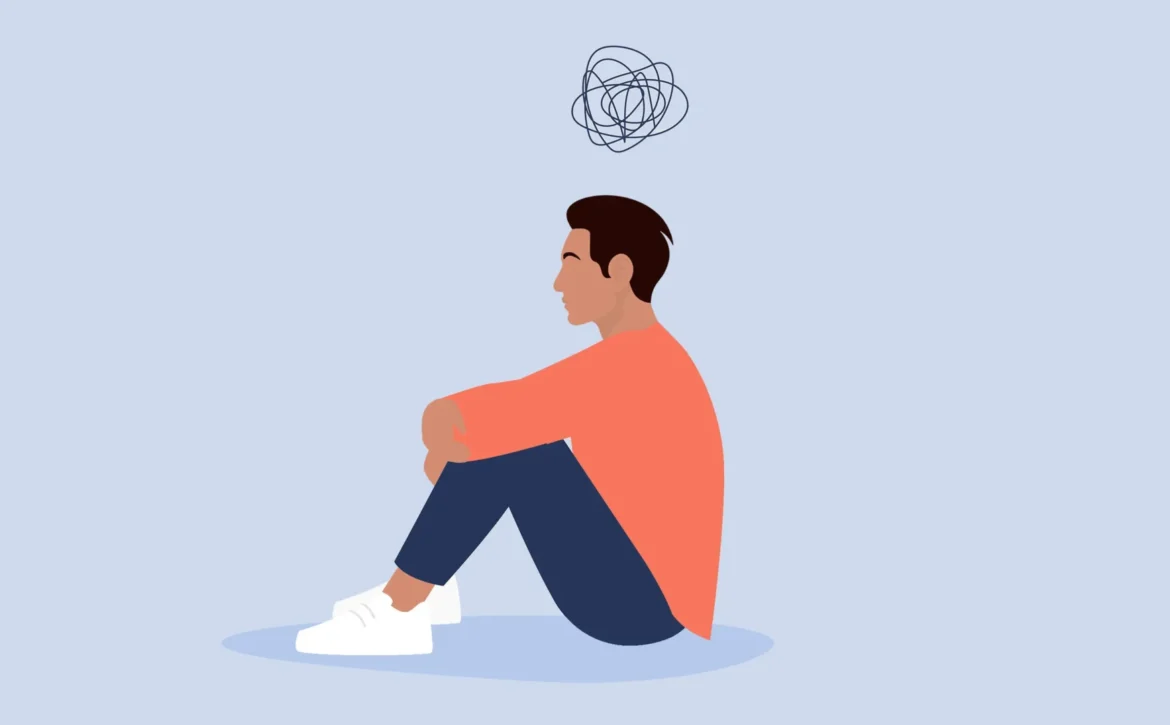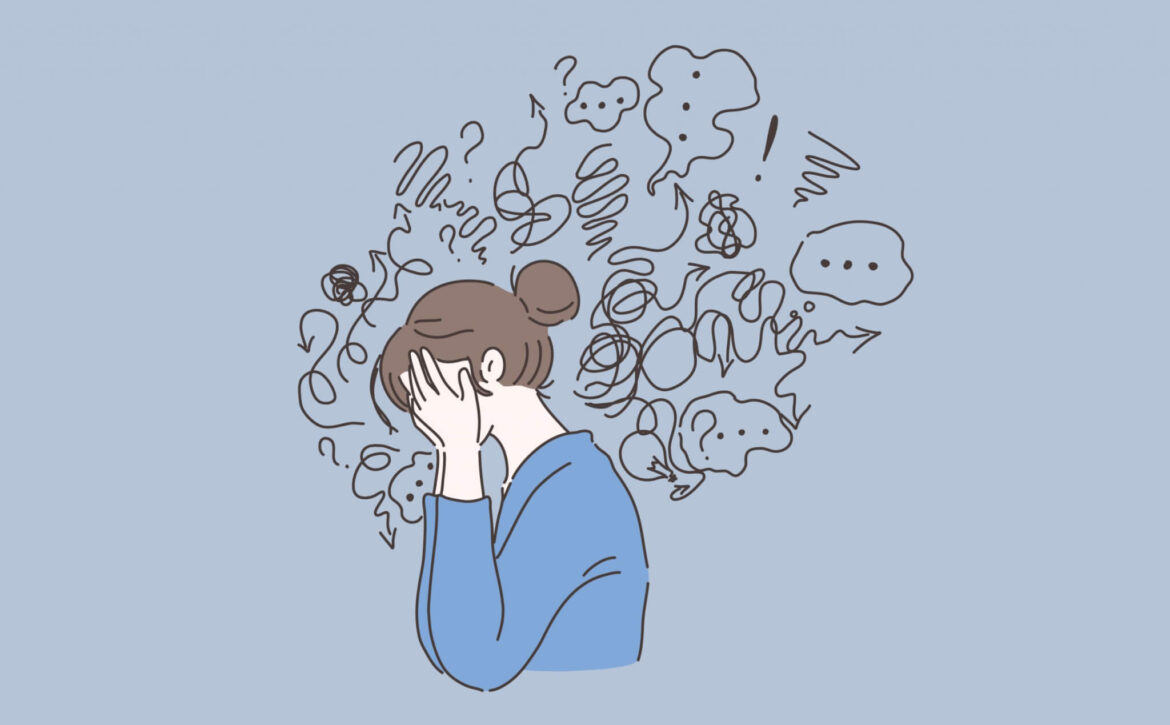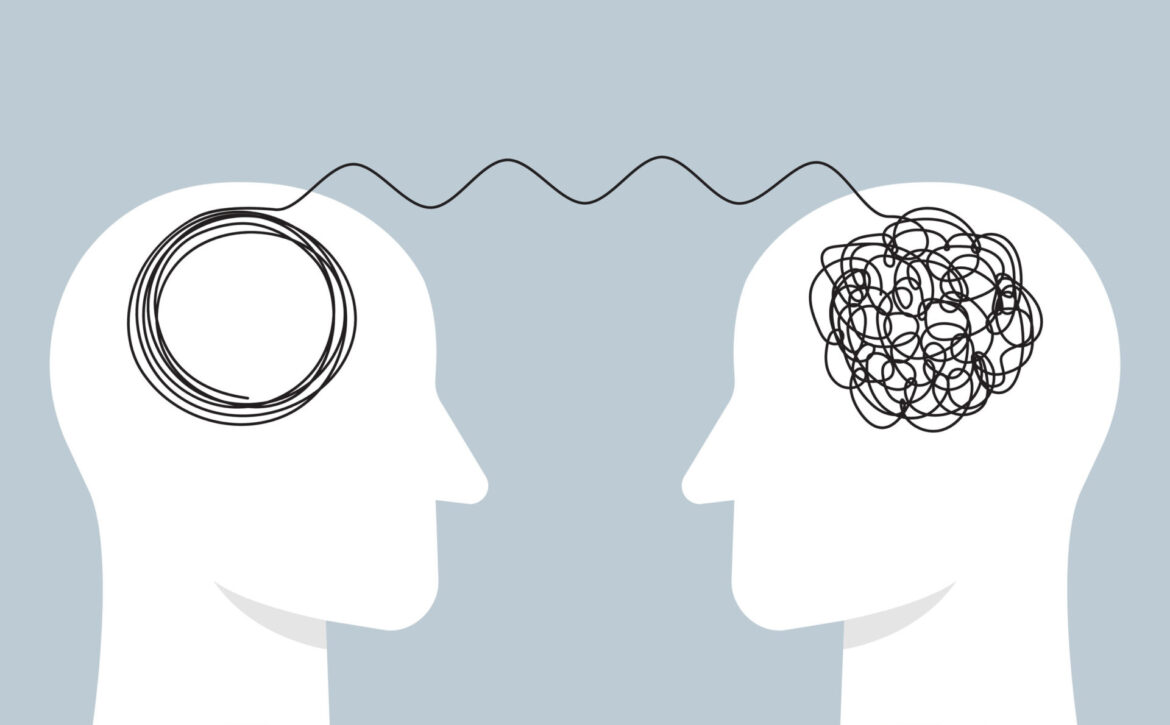The Guilt of Prioritizing Us First – Why It’s So Hard to Put Ourselves First
Let’s talk about guilt. That unwelcome visitor that shows up uninvited whenever we dare to prioritize ourselves. You know the feeling: that gnawing sense that taking a long bath while your partner tackles the dishes, or saying “no” to a friend’s request because you’re burnt out, makes you a selfish monster.
We’ve all been there. Society often paints self-care with a villainous brush, whispering that prioritizing our needs is somehow a betrayal of those around us. But here’s the truth bomb: feeling guilty for putting yourself first is a recipe for burnout and resentment.
So, why is this guilt trip so ingrained in our psyches? Let’s unpack the reasons why prioritizing “us” can feel like a sin:
1. The Glorification of the Selfless Martyr
Think back to childhood stories. How many times did the selfless hero, sacrificing everything for others, win the day? We’re conditioned to believe that true strength lies in self-denial. But here’s the plot twist: a person running on fumes can’t effectively help anyone.
2. The “Should” Monster
Society bombards us with “shoulds”: “You should help your neighbor,” “You should always put your family first,” and “You should never say no.” These external pressures create a constant internal conflict, making us feel like failures if we prioritize our own well-being.
3. The Fear of Disappointing Others
Saying no can feel like a social grenade toss. We worry about hurting feelings or being seen as unreliable. But here’s the secret: healthy relationships thrive on open communication. When we prioritize ourselves and set boundaries, it fosters trust and respect in the long run.
4. The “Me Time” Myth
The idea of “me time” often gets a bad rap, conjuring images of bubble baths and face masks (which, don’t get me wrong, are awesome!). But self-care is much broader. It’s about honoring your mental, physical, and emotional needs. It could be a quiet walk in nature, reading a book, or simply saying no to things that drain your energy.
5. The Comparison Trap
Social media doesn’t help. We’re bombarded with images of people seemingly having it all together – the perfect family, the thriving career, and an endless supply of “me time.” But remember, social media is a highlight reel, not reality. Comparing our behind-the-scenes struggles to someone else’s curated perfection is a recipe for guilt and self-doubt.

So, How Do We Break Free From the Guilt Cycle?
Here’s the good news: you can reframe your thinking and prioritize your well-being without feeling like a jerk. Here are some battle plans to combat the guilt monster:
1. Redefine Self-Care:
Self-care isn’t selfish; it’s essential. It’s the oxygen mask on the airplane – you have to put yours on first before you can help others. When you prioritize your well-being, you become a better partner, friend, parent, or employee.
Want to know more about “How to Self Care in Times of Crisis?” Just visit our blog page today to learn all about it!
2. Set Boundaries – With Kindness:
Learn to say no politely but firmly. Remember, boundaries are not walls; they’re healthy communication tools that let others know your limits. Explain your needs and offer alternative solutions if possible.
3. Practice Self-Compassion:
Treat yourself with the same kindness and understanding you’d offer a friend. Recognize that prioritizing yourself is not a sign of weakness; it’s a sign of strength and self-respect.
If you’re looking for a trusted Anxiety Therapy Toronto professional, just give Cedarway Therapy a call today!

4. Celebrate Small Wins:
Start small. Did you manage to squeeze in a 10-minute meditation this morning? Celebrate! Acknowledge your efforts to prioritize yourself, no matter how insignificant they seem.
5. Find Your Tribe:
Surround yourself with people who understand and support your need for self-care. Look for friends and family who prioritize their well-being, too.
Remember, prioritizing yourself isn’t about neglecting others; it’s about creating a sustainable and fulfilling life. It’s about showing up as the best version of yourself for yourself and the people you love. So, the next time the guilt trip tries to book a ticket, politely refuse service. You deserve to take care of yourself guilt-free. And hey, if that bubble bath and face mask are calling your name, go for it! You earned it. Struggling to silence the guilt trip when you prioritize self-care? Our therapists at Cedarway Therapy can help you rewrite the script on self-worth. Together, we’ll break free from the “shoulds” and build healthy boundaries, leaving you feeling empowered and ready to show up for yourself – and those you love – in a whole new way. Contact Cedarway Therapy today and take the first step towards guilt-free self-care.














